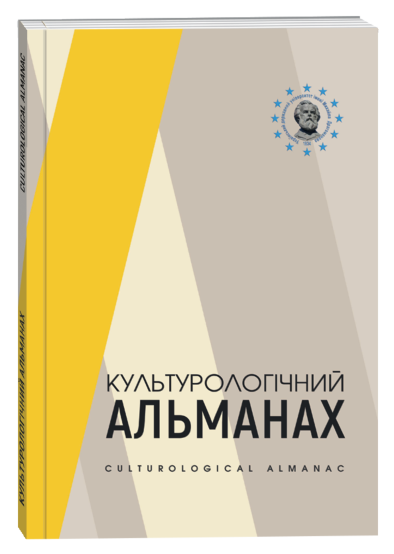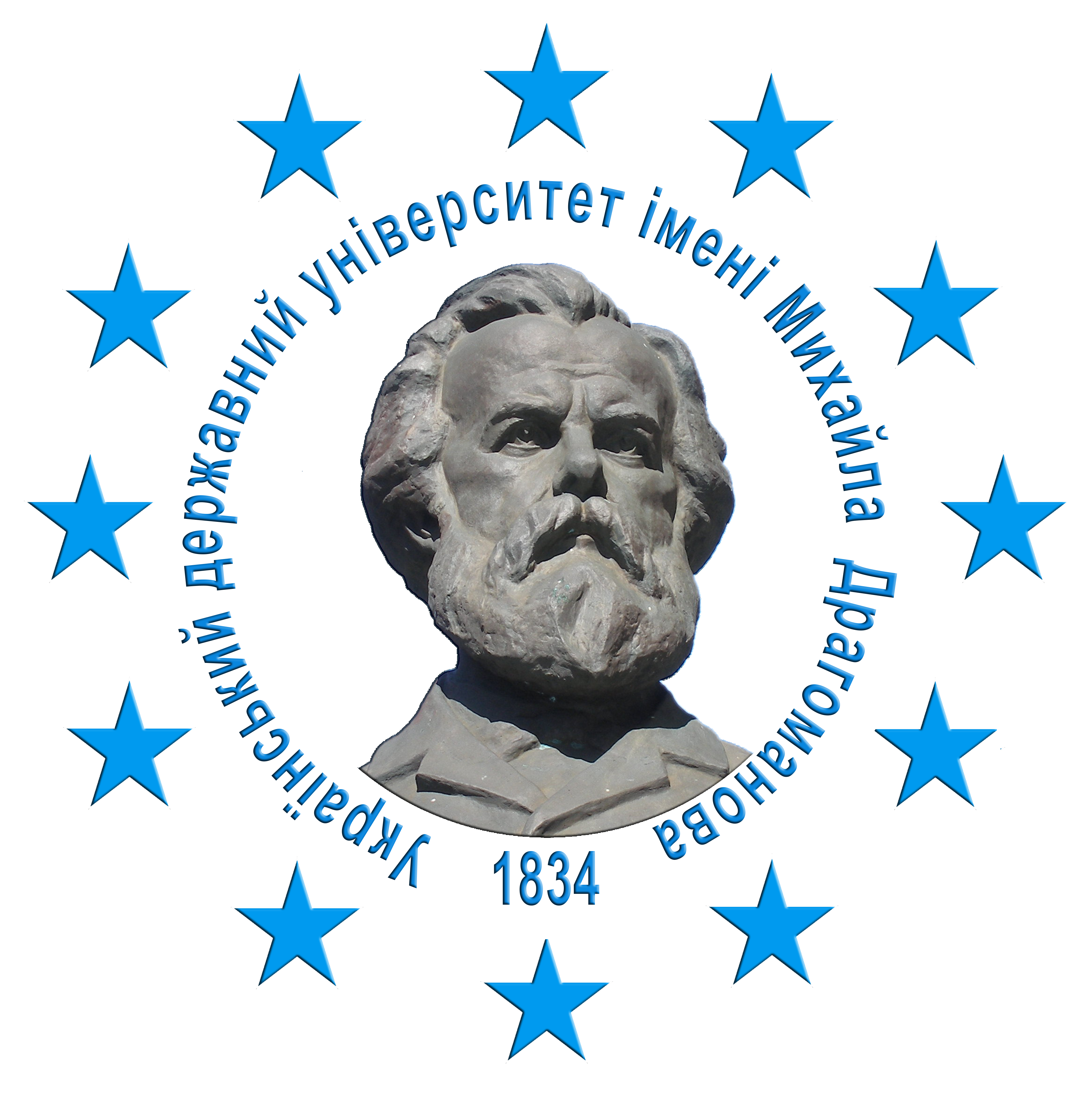THE TECHNOLOGY OF VISION: SPECIFICS OF THE INTERACTION BETWEEN SCIENCE AND ART IN WESTERN EUROPEAN CULTURE OF THE MODERN ERA (XV–XVII CENTURIES)
DOI:
https://doi.org/10.31392/cult.alm.2025.1.29Keywords:
cognition, experience, technology, art, science, image, imageAbstract
In the Renaissance and the Modern Age, a type of theoretical knowledge was formed, which created the prerequisites for modern science. Firstly, it is an objectively specific direction that scientific research takes, since the Renaissance, where the subject of study is a concrete material model or system, in contrast to the abstract phenomena of previous eras. Secondly, these are new ways to gain experience. For the researcher of the modern era, the role of sensory sensation as a means of verifying a theoretical concept (hence the technique of doubt in Montaigne and Descartes) and, as a result, the need for technologies that allow “expanding” sensations is of decisive importance.In particular, the self-affirmation of the individual and the absolutization of the human reason leads to a rethinking not only of the role of a person in the world as a whole, but also of the components of the human personality, which results in a change in the structure of the experience itself, namely: there is a desire to see phenomena in their reality, that is, on the basis of sensory probability, which becomes one of the main criteria for the formation of experience for the modern era. It is indicative in this regard, in particular, that M. Kemp, analyzing Leon-Battista Alberti’s treatise on perspective, characterizes the latter precisely as “the geometry of vision”, but perhaps the most characteristic example of the interaction of science and art is the use of the image as a “device” for recording the results of scientific observation, there is a collaboration between Galileo Galilei and artists of that time, which consisted in recreating what he saw through a telescope.Similarly, for sciences that do not use mathematical language, the image becomes, in fact, the main means of modeling the object of study and a source of reliable knowledge. In particular, the image is becoming of key importance for such sciences as anatomy, zoology, geography and geology, as well as cartography. In this sense, the image, built on the basis of perspective and the laws of optics, and thus, accordingly, endowed with the function of verifying the presentation of depicted object, is integrated into scientific practice, being included in a scientific experiment as a model of the object under study, as well as acting as a document that records and represents the result of the research.
References
Daston Lorraine, Galison Peter. (2010). Objectivity. New Jersey : Princeton University Press. 504 p.
Dear Peter. Revolutionizing the sciences : European knowledge and its ambitions, 1500-1700. (2001). Princeton, N.J. : Princeton University Press. 232 p.
Eco Umberto. (1989). Art and Beauty in the Middle Ages. Yale University Press. 135 p.
Falk Seb. (2020). The Light Ages. The Surprising Story of Medieval Science. W. W. Norton & Company. 408 p.
Kemp, Martin. (1990). The science of art : optical themes in western art from Brunelleschi to Seurat. New Haven : Yale University Press. 375 p.
Kuhn, Thomas S. (2012). The structure of scientific revolutions. Chicago ; London : The University of Chicago Press. 217 p.
Losev A. F. (2013). The History of Classical Aesthetics. Translated by O.V. Bychkov, ed. D.L. Tate. Munich; Berlin; Washington : Verlag Otto Sagner. 600 p.
McLuhan, Marshall. (1962). The Gutenberg Galaxy: The Making of Typographic Man. Toronto: University of Toronto Press. 432 p.
Popper Carl. (1989). Conjectures and refutations : the growth of scientific knowledge. London ; New York : Routledge. 452 p.
Wickham Chris. (2016). Medieval Europe. New Haven : Yale University Press. 384 p.
Wootton, David. (2015). The Invention of Science. A New History of the Scientific Revolution. New York, NY : Harper Collins Publishers. 656 p.








